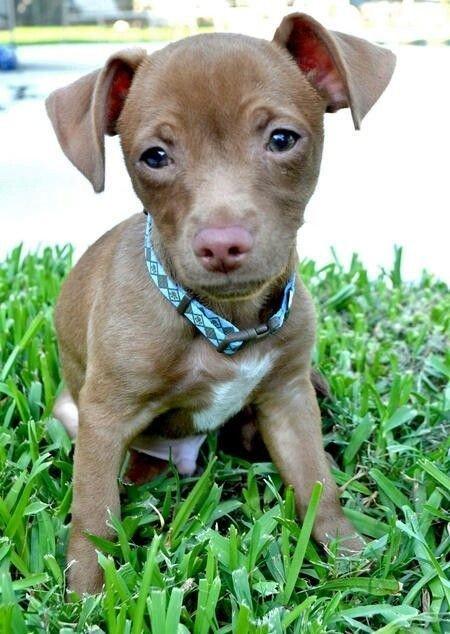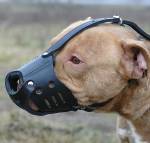

Every now and then, a dog will bite his playmate too hard. If you watch a group of dogs playing, you’ll see plenty of chasing, pouncing and wrestling. Young dogs usually learn bite inhibition during play with other dogs.
PITBULL MUZZLE SKIN
Some behaviorists and trainers believe that a dog who has learned to use his mouth gently when interacting with people will be less likely to bite hard and break skin if he ever bites someone in a situation apart from play-like when he’s afraid or in pain. A puppy or dog who hasn’t learned bite inhibition with people doesn’t recognize the sensitivity of human skin, so he bites too hard, even in play. However, the first and most important objective is to teach him that people have very sensitive skin, so he must be very gentle when using his mouth during play.īite Inhibition: Teach Your Dog to Be Gentleīite inhibition refers to a dog’s ability to control the force of his mouthing. The ultimate goal is to train your dog to stop mouthing and biting people altogether. There are various ways to teach this lesson, some better than others. It’s important to help your dog learn to curb his mouthy behavior. This kind of behavior may seem cute when your dog is seven weeks old, but it’s not so endearing when he’s two or three years old-and much bigger! Puppies chew on our fingers and toes, and they investigate people’s bodies with their mouths and teeth.

They also enjoy playing with people, of course.
PITBULL MUZZLE HOW TO
How to Minimize Your Dog’s Mouthing and Nippingĭogs spend a great deal of time playing, chewing and investigating objects.
PITBULL MUZZLE PROFESSIONAL
Please see our article, Finding Professional Behavior Help, to locate a behaviorist or a CPDT in your area. Determine whether she or he has extensive education and experience successfully treating aggression, since this expertise isn’t required for CPDT certification. If you can’t find a behaviorist in your area, you can seek help from a Certified Professional Dog Trainer (CPDT), but be sure that the trainer you choose is qualified to help you. If you suspect that your dog’s biting fits the description of aggressive behavior, please consult a qualified professional, such as a Certified Applied Animal Behaviorist (CAAB or ACAAB) or a board-certified veterinary behaviorist (Dip ACVB). Serious, aggressive bites are usually quicker and more painful than those delivered during play. He may wrinkle his muzzle and pull back his lips to expose his teeth. Most of the time, an aggressive dog’s body will look stiff. Playful mouthing is usually less painful than more serious, aggressive biting. His muzzle might look wrinkled, but you won’t see a lot of tension in his facial muscles. In most cases, a playful dog will have a relaxed body and face. It’s sometimes difficult to tell the difference between normal play mouthing and mouthing that precedes aggressive behavior. But some dogs bite out of fear or frustration, and this type of biting can indicate problems with aggression. Is It Playful Mouthing or Aggressive Behavior? It’s likely that their human parents didn’t teach them how to be gentle or to chew toys instead. Mouthing is often more difficult to suppress in adult dogs because adults aren’t as sensitive to our reactions as puppies are, and they’re usually more difficult to control physically because of their size.Īdult dogs who mouth people probably never learned not to do so during puppyhood. The jaws of an adult dog can cause significantly more pain than puppy teeth, and adult dogs can inadvertently cause injury while mouthing.

Most pet parents don’t enjoy dogs who bite, chew and mouth their hands, limbs or clothing during play and interaction.


 0 kommentar(er)
0 kommentar(er)
